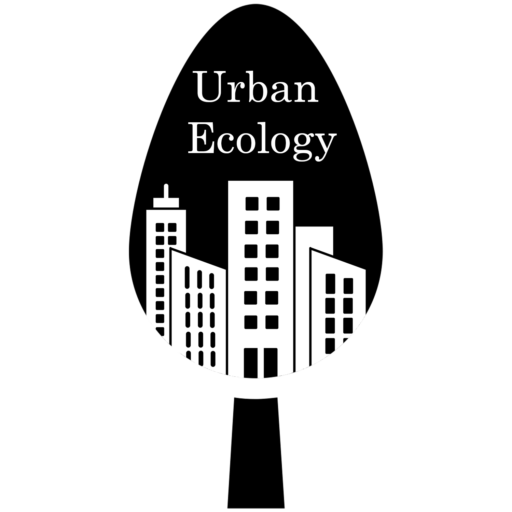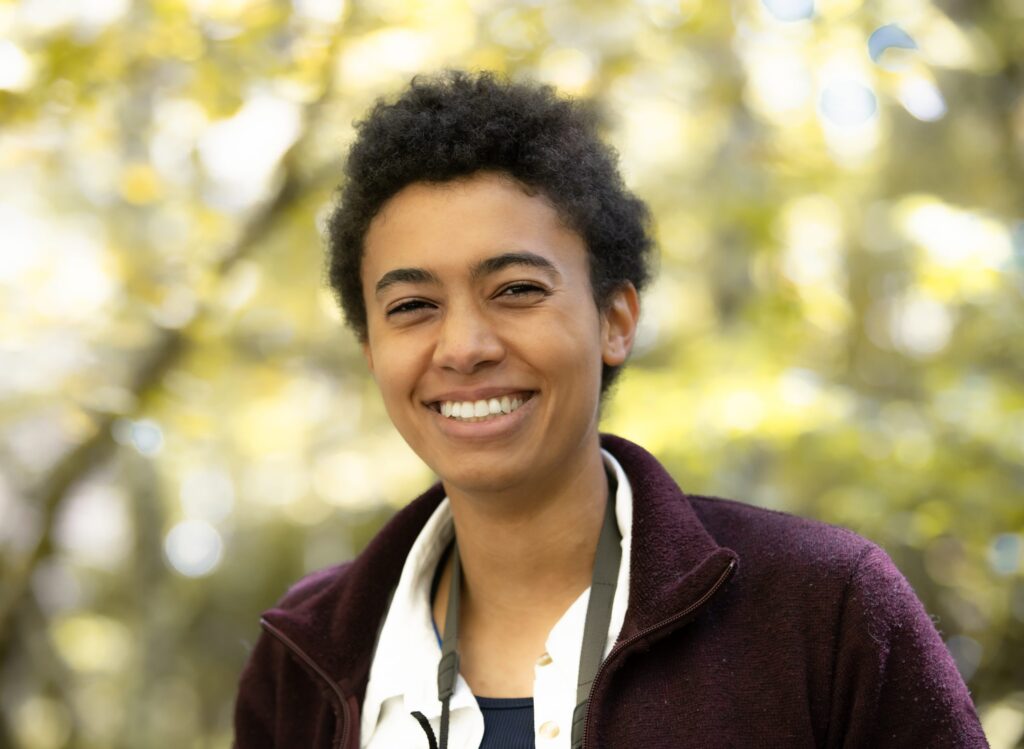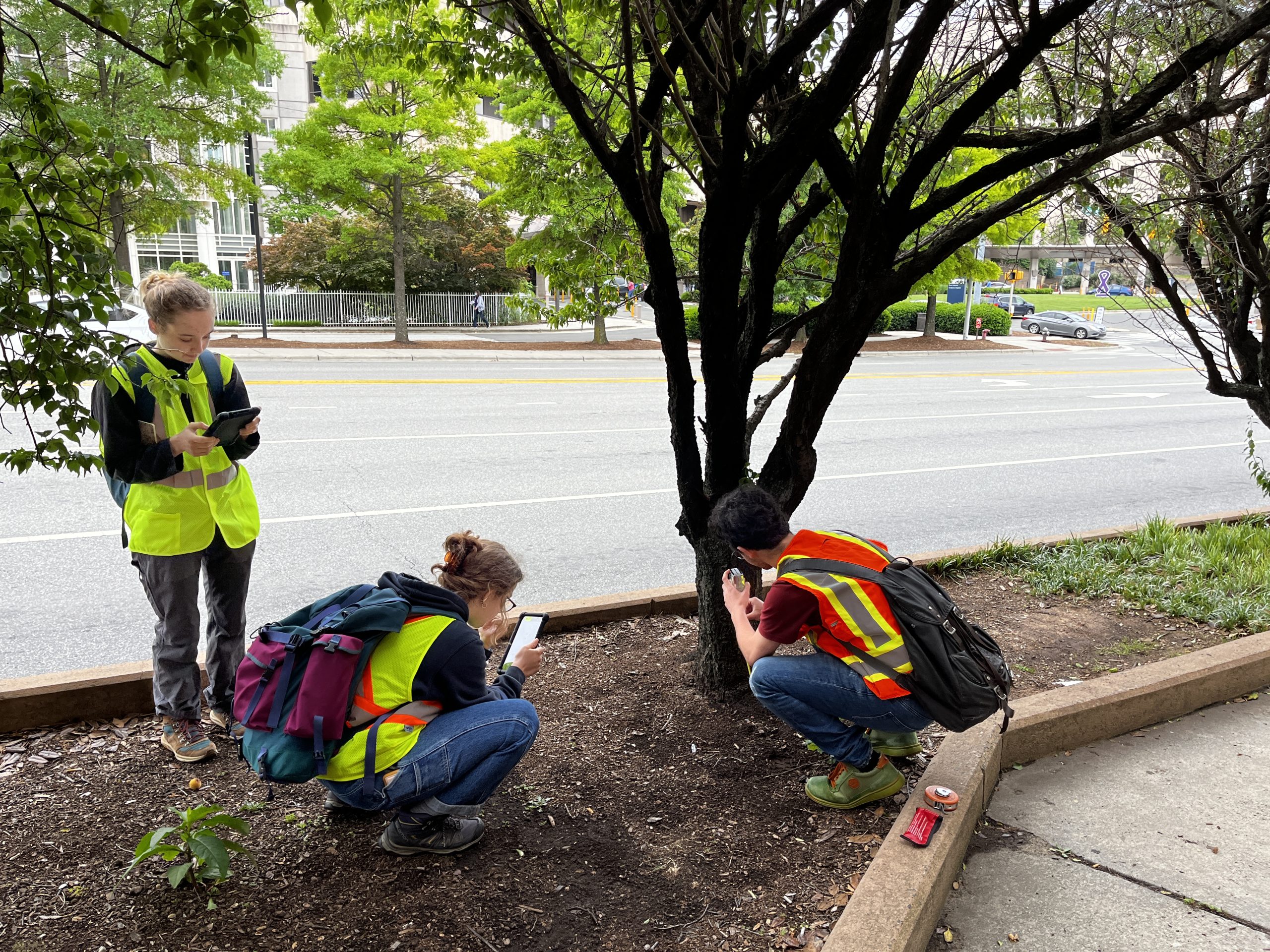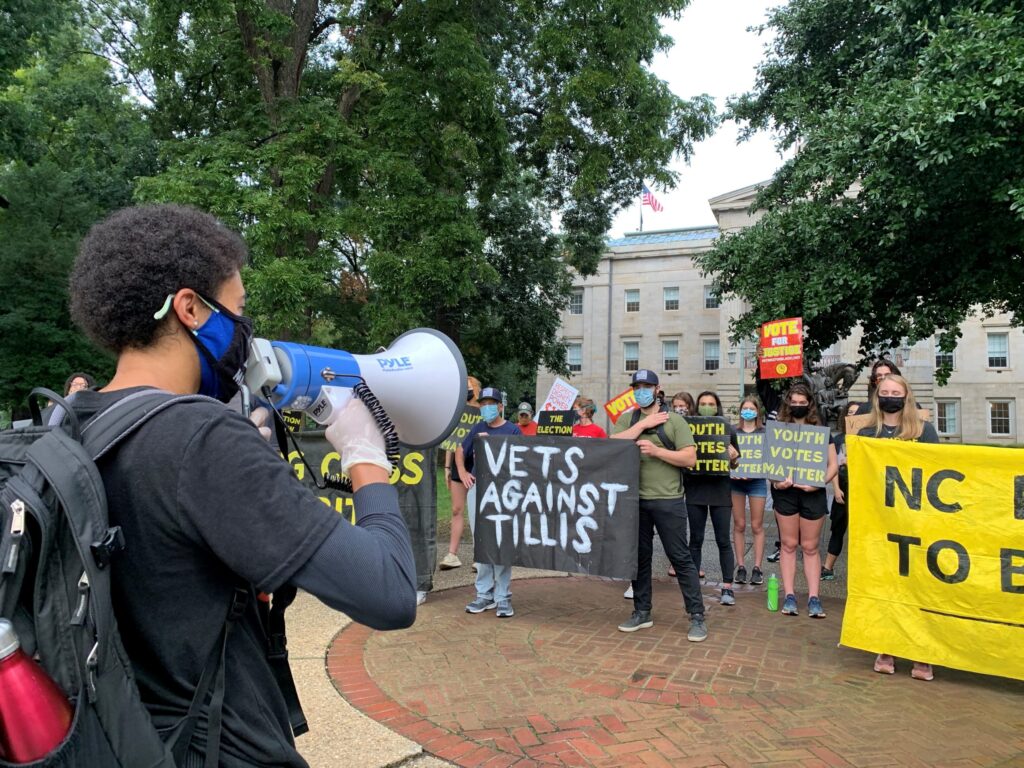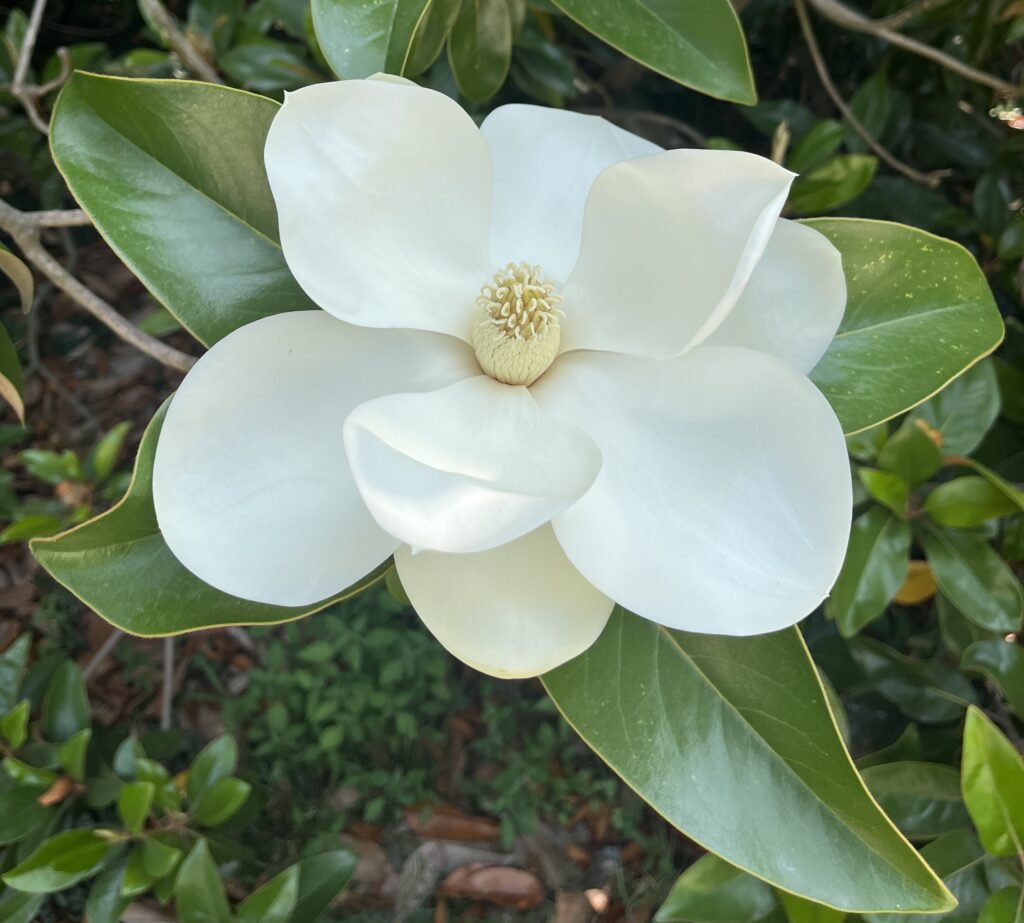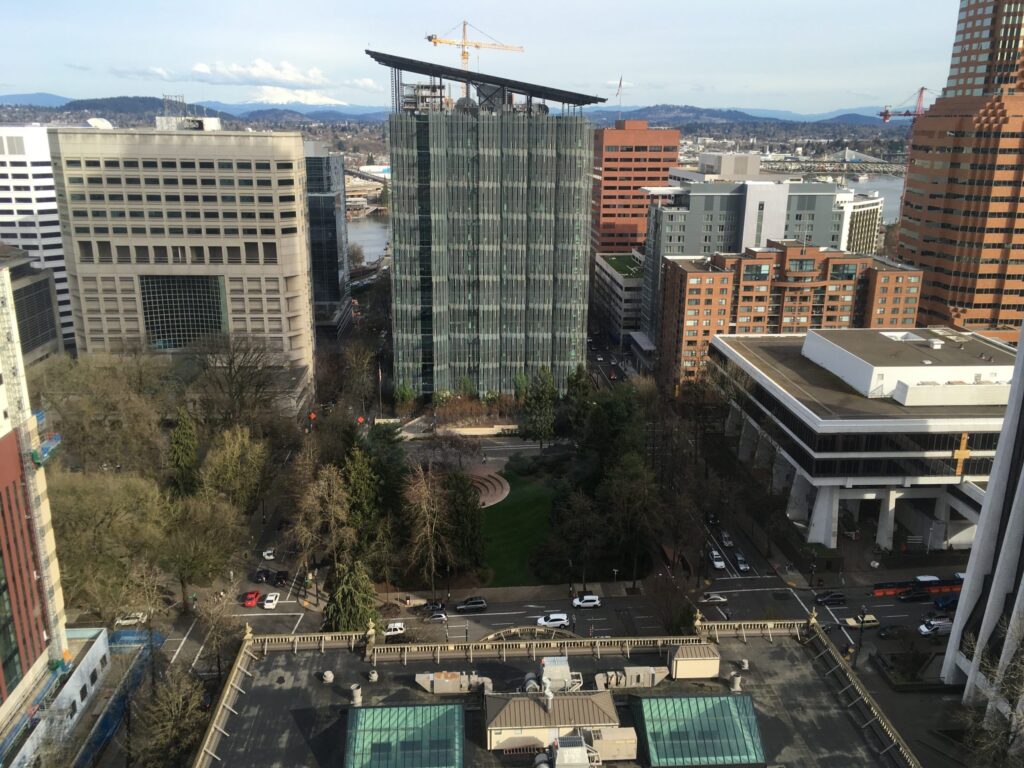I have had the privilege of working with a range of collaborators on projects ranging from analyses of tall grass prairie resilience to weedy species to statistical analyses of the impacts of sampling effort using FIA data. You can find a record of research publications I have been a part of on Google Scholar, but I will detail a few projects I helped co-lead below.
GCOOS and Marine Heatwaves
As a Science Policy Fellow at the GCOOS, I wrote reports on the impacts of marine heatwaves in the Gulf and Caribbean. The reports look at impacts ranging from finfish to energy infrastructure. Those reports are now available in English, and will be available in Spanish soon. There are also a series of webinars we put together talking to experts about how they see marine heatwaves and their impacts in their work, and recordings of those are available on the GCOOS Youtube channel here. We are preparing a manuscript that details our methodology and goes into more detail on some of the results, and I will update here once that is published.

I have also been collaborating with Dr. Dan Fu at TAMU and Xiao Qi at GCOOS to run versions of the Weather Research & Forecasting Model to examine the relationship between marine heatwave conditions and temperature/humidity in the Houston/Galveston Bay area. In collaboration with other GCOOS staff, researchers at the Dauphin Island Sea Lab/University of South Alabama, and others, we hope to use various modeling techniques to quantify the likely impacts of marine heatwaves on coastal atmospheric conditions across the Gulf. Some of the project code is available through the GCOOS GitHub, and I encourage you to reach out if you have any questions or want to see any preliminary results.
Pacific Madrone with the USFS
In collaboration with Dr. Laura DeWald, Dr. Richard Sniezko, Dr. Marianne Elliott, and Dr. Gary Chastagner, I investigated growth and mortality in Pacific madrone, a hardwood tree found on the western coast of the US and into Canada. We looked to see if there are correlations between the abiotic conditions in a madrone seed’s location of origin and how it grows in new locations. The broader aim of this work is to inform seed sourcing strategies for restorations across the western coast of the US and Canada. Often, seeds are chosen assuming there is a high degree of local adaptation, and so relatively local seed sources are used. With climate change; however, there is some move to see if some seed source translocations might be justifiable to help buffer populations against warmer, potentially drier conditions.
In line with local adaptation, we expected that trees from seed sources closer to a planting location would be likely to have lower mortality and probably higher growth. While this was generally true, we did find some seed sources that had relatively high growth and low mortality across planting sites. You can find the manuscript for this publication here!
Tallgrass Prairie
As my undergraduate honors thesis, advised by Dr. Cathy Pfister (UChicago) and Dr. Adrienne Ernst (Northwestern), I looked at how the composition and amount of nonlocal species propagule pressure (e.g. seeds) impacted nonlocal species invasion success in an experimental prairie. This study is part of a larger set of studies and it specifically aims to see if heavily managing for some nearby nonlocal, invasive species would be more successful than managing for all of them (which is often logistically infeasible) while attempting to do a prairie restoration. If some nonlocal species will compete with one another and stifle each others growth then perhaps it is not as important to manage for them; if there are nonlocal species that seem to really facilitate further invasion then it could be a focus of management.
I found that, unsurprisingly, the more incoming nonlocal seeds there were, the more nonlocal species biomass would establish in the plots. However, the results indicated that there was not a clear correlation between the number of nonlocal species the potential for interspecies competition between incoming nonlocal species at moderate phylogenetic relatedness. See poster (to the left) or full thesis PDF for more details.
I presented this work at the Ecological Society of America 2018 meeting, receiving 1st place student poster in the Restoration Ecology section (tweet from ESA). This work built on a project at an REU at the Chicago Botanic Garden (with Adrienne Ernst), for which I also made a little youtube video talking about nonlocal species invasion and phylogenetic relatedness.
This work is related to the manuscript led by Dr. Adrienne Ernst that you can find here!
